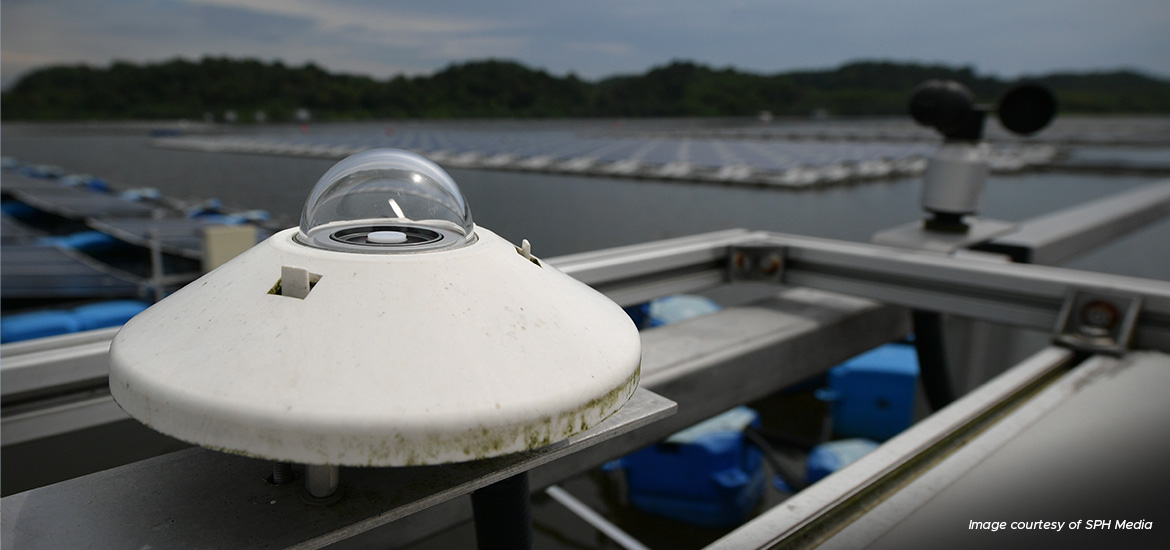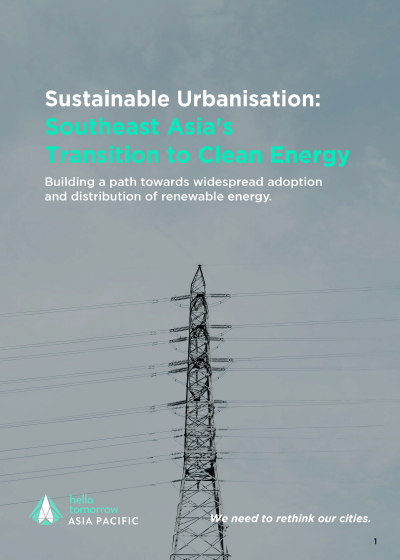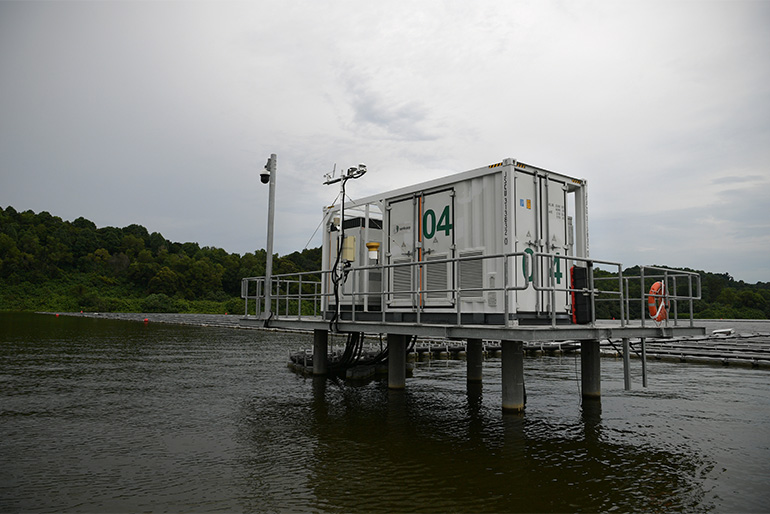A sensor that detects solar irradiance at a floating solar photovoltaic testbed at Tengeh Reservoir provides real-time information to NUS' Solar Energy Research Institute.
In 2013, a thunderstorm blanketed Singapore in less than an hour, causing solar intensity on the island to plummet by almost half.
Such cloudy conditions are common in the tropics, due to weather phenomena such as the Sumatra squalls, making it difficult for the Republic to reliably harvest sunshine, its most viable renewable energy source.
But by 2023, a model that forecasts how much sunshine Singapore can harvest up to one hour ahead of weather conditions will be incorporated into the nation's power system, to help the grid manage such intermittency, said the Energy Market Authority (EMA) and National University of Singapore's Solar Energy Research Institute of Singapore (Seris) on Thursday.
This comes after the completion of a one-year trial of the model at EMA's power system control centre in September.
The tool will allow Singapore to maintain a stable supply of electricity as the nation increases its dependence on solar power, as part of efforts to reach net-zero greenhouse gas emissions by 2050.
In 2021, solar energy contributed less than 1 per cent of the total electricity generated in Singapore, or the equivalent of powering around 75,000 households here for a year.
This is projected to rise from a capacity of above 700 megawatts-peak (MWp) at the moment to at least 2 gigawatts-peak by 2030. Megawatt-peak is a unit of measurement for energy generated by solar power systems under ideal conditions.
As solar power takes up a larger portion of Singapore's energy mix, accurate forecasts are important for the power market to be efficient, stable and reliable, said Dr Thomas Reindl, deputy chief executive at Seris, who led the project team.









